May 20, 2024 | 19:51 GMT +7
May 20, 2024 | 19:51 GMT +7
Hotline: 0913.378.918
May 20, 2024 | 19:51 GMT +7
Hotline: 0913.378.918
On March 24, Deputy Minister of MARD Nguyen Hoang Hiep inspected the management of several irrigation constructions in Hai Duong and received the province's proposal for a mid-term public investment project between 2021 and 2025 focused on developing irrigation water, preventing and combating natural disasters.
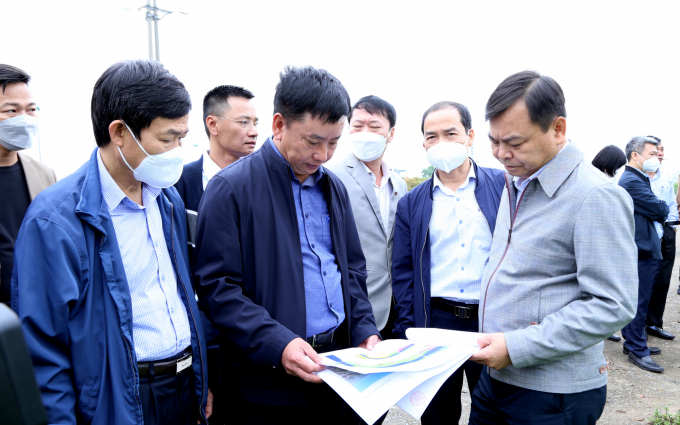
Deputy Minister of Agriculture and Rural Development Nguyen Hoang Hiep (far right) and Mr. Tran Van Quan - Vice Chairman of Hai Duong Provincial People's Committee (middle), Mr. Nguyen Van Tinh - Director-General of the Directorate of Water Resources survey the situation of water management at some riverbank areas in Hai Duong. Photo: Minh Phuc.
The first stop was at Doc Bung II or the Van Phuc pumping station in Van Phuc commune, Hai Duong province's Ninh Giang district. The structure had deteriorated significantly and was unable to satisfy the needs of supplying production and supporting people's life To solve these difficulties, MARD invested money to restore and modernize the Van Phuc pumping station, which regulates water and contributes to the region's socio-economic growth.
Additionally, the Ministry spent money dredging and reinforcing canal banks, as well as doing work on the Chua So canal, the Can - Phu - Co Bi canal, and the Hiep Le pumping station (under the investment on preparing and upgrading Bac Hung Hai irrigation system phase 2).
MARD Deputy Minister Nguyen Hoang Hiep reviewed the Quang Giang culvert, which was built in 1991, during the working session in Hai Duong. After more than three decades of operation, the structure is no longer compatible with the surrounding landscape. On the other hand, because the culvert gate valve must be opened and closed manually, it lacks initiative when confronted with uncommon conditions.
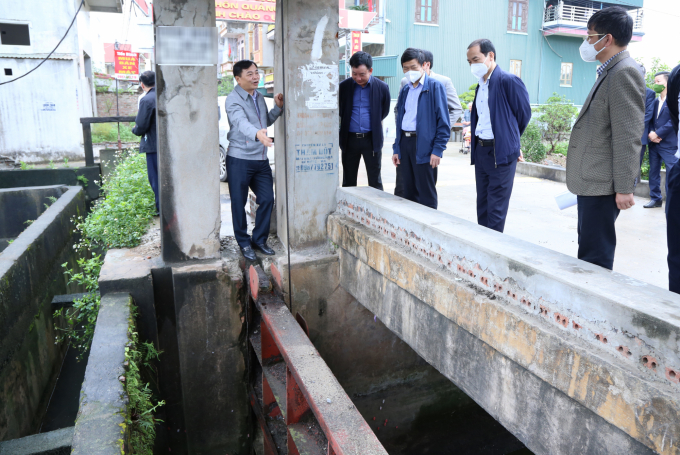
Deputy Minister Nguyen Hoang Hiep at Quang Giang culvert (in front of the cultural village gate of Quang Giang village, Dai Hop commune, Tu Ky district). Photo: Minh Phuc.
"Old structures can't exist in front of the gate of a new rural village in that way," Deputy Minister Nguyen Hoang Hiep emphasized, requesting that irrigation management units in Hai Duong province compile statistics on similar projects and propose investment in repair, upgrading (or new construction) shortly.
Additionally, MARD has suggested funds for a series of dike and disaster protection projects in Hai Duong province to invest in building and renovation as part of the Integrated Risk Management project adapting to climate change (ADB10), a loan from the Asian Development Bank.
According to Hai Duong officials, the province has invested in the construction, upgrading, and renovation of up to 30 pumping stations, 17 irrigation culverts, and nine drains.
Mr. Luong Van Canh, Deputy Director of the Hai Duong Department of Agriculture and Rural Development, stated that the majority of the province's irrigation works have been in place for a long period, the level of assurance is low, and investment funds for renovation and construction remain scarce. There is a shortage of active irrigation works, and the system of canals, ditches, and rivers is being deposited and encroached upon, deforming the works, causing congestion, and hindering flow.
The water supply for irrigation in the Bac Hung Hai region is not assured; the flow and water level at the Xuan Quan main sluice are significantly insufficient in comparison to the original design; the Bac Hung Hai system's end area must take water. There should be no reverse tide.

Deputy Minister of Agriculture and Rural Development Nguyen Hoang Hiep and Mr. Tran Van Quan - Vice Chairman of Hai Duong Provincial People's Committee chaired the meeting on solutions to develop irrigation and improve the efficiency of natural disaster prevention and control. Photo: Minh Phuc.
As a consequence, Hai Duong suggested that MARD immediately invest in the construction and repair of the Xuan Quan focal works cluster and the Nghi Xuyen pumping station culvert to supply water from the Red River to the Bac Hung Hai system following the authorized plan. Thus overcoming water source pollution and reclaiming water from the Bac Hung Hai system's downstream sluices. Simultaneously, the MARD has recommended that the Hanoi People's Committee quickly construct a wastewater treatment plant on the Cau Bay river to ensure that wastewater satisfies approved requirements before being released into the irrigation system.
Deputy Minister Nguyen Hoang Hiep stated that between 2021 and 2025, MARD will invest approximately VND 630 billion in several works under the Bac Hung Hai project phase 2, including the construction of three pumping stations at Xuan Quan (Van Giang district, Hung Yen province), Ngo Xa (Thuan Thanh, Bac Ninh), and Van Phuc (Ninh Giang, Hai Duong), as well as the repair and upgrade several canals and embankments to improve energy irrigation force for the whole system.
He also requested that the Directorate of Water Resources collaborate with communities and irrigation firms in the provinces of Hai Duong, Hung Yen, Bac Ninh, and Hanoi to create and fulfill the Bac Hung Hai irrigation development plan. The provinces then incorporated into local planning to establish a foundation for proposing building investment projects.
Regarding the issue of water pollution in Hai Duong province's irrigation system, Mr. Trinh The Truong - Chairman of the Board of Directors of Bac Hung Hai Irrigation Works Exploitation One Member Company Limited stated that previously, the unit assumed the source of pollution was from Hanoi's Cau Bay River. However, several assessment studies have revealed that both Hai Duong and Hung Yen provinces were involved in the pollution of the Bac Hung Hai system.
70% of pollution sources are specifically wastewater from residential areas. There have been several MARD investment initiatives as well as research and methods to prevent water pollution, but contamination will be worse next year. Even Hai Duong's waterways, such as the T2 canal and the Doan Thuong canal, are filthy.
Hai Duong province is projected to invest in the building of infrastructure for collecting and managing water resources in residential regions, urban areas, and industrial zones before releasing them into the Bac Hai Hung system.
Translated by Linh Linh
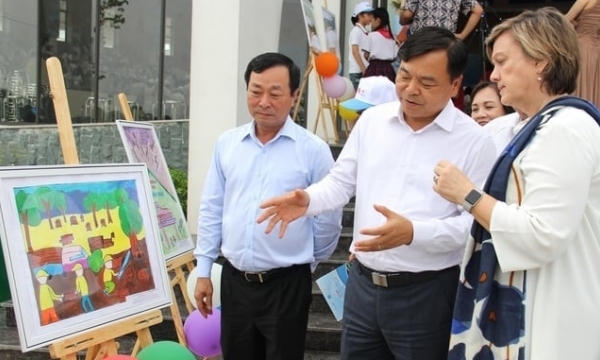
(VAN) According to Deputy Minister Nguyen Hoang Hiep, anticipatory action is a new approach in disaster management, with the aim of enhancing disaster prevention and preparedness.
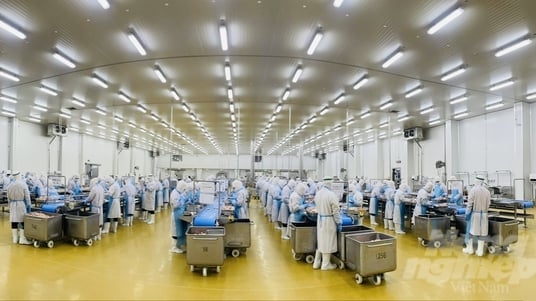
(VAN) The Ministry of Agriculture and Rural Development, in coordination with Tay Ninh Provincial People's Committee, organized a conference on May 18 to promote the export of animals and animal products.
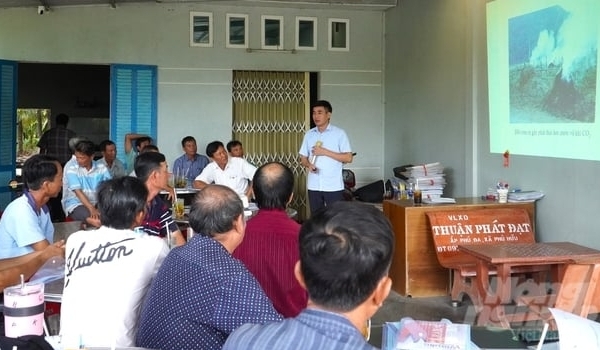
(VAN) From May 17-23, the National Agricultural Extension Center (NAEC) conducts training classes on the advanced rice farming process at 5 localities piloting for the 1 million ha of high-quality rice scheme.
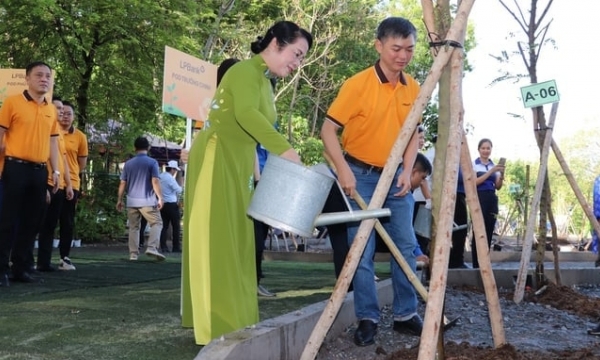
(VAN) Planting and expanding green spaces is a crucial effort to mitigate and adapt to the impacts of climate change, thereby creating a clean and livable environment.
/2024/05/17/5720-1-134847_782.jpg)
(VAN) EcoTraceTech - System for measuring CO2 and CH4 emissions from rice plants is the startup idea of a group of Can Tho University students.
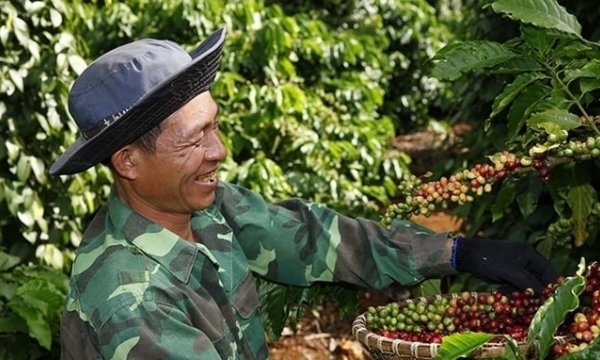
(VAN) The NESCAFÉ Plan by Nestlé Vietnam in the Central Highlands together with MARD aims to support coffee farmers in regenerative agriculture.
/2024/05/16/4437-1-223910_491.jpg)
(VAN) The Community Food Garden model is one of the outstanding activities and models of green transformation in the world as well as in Vietnam.